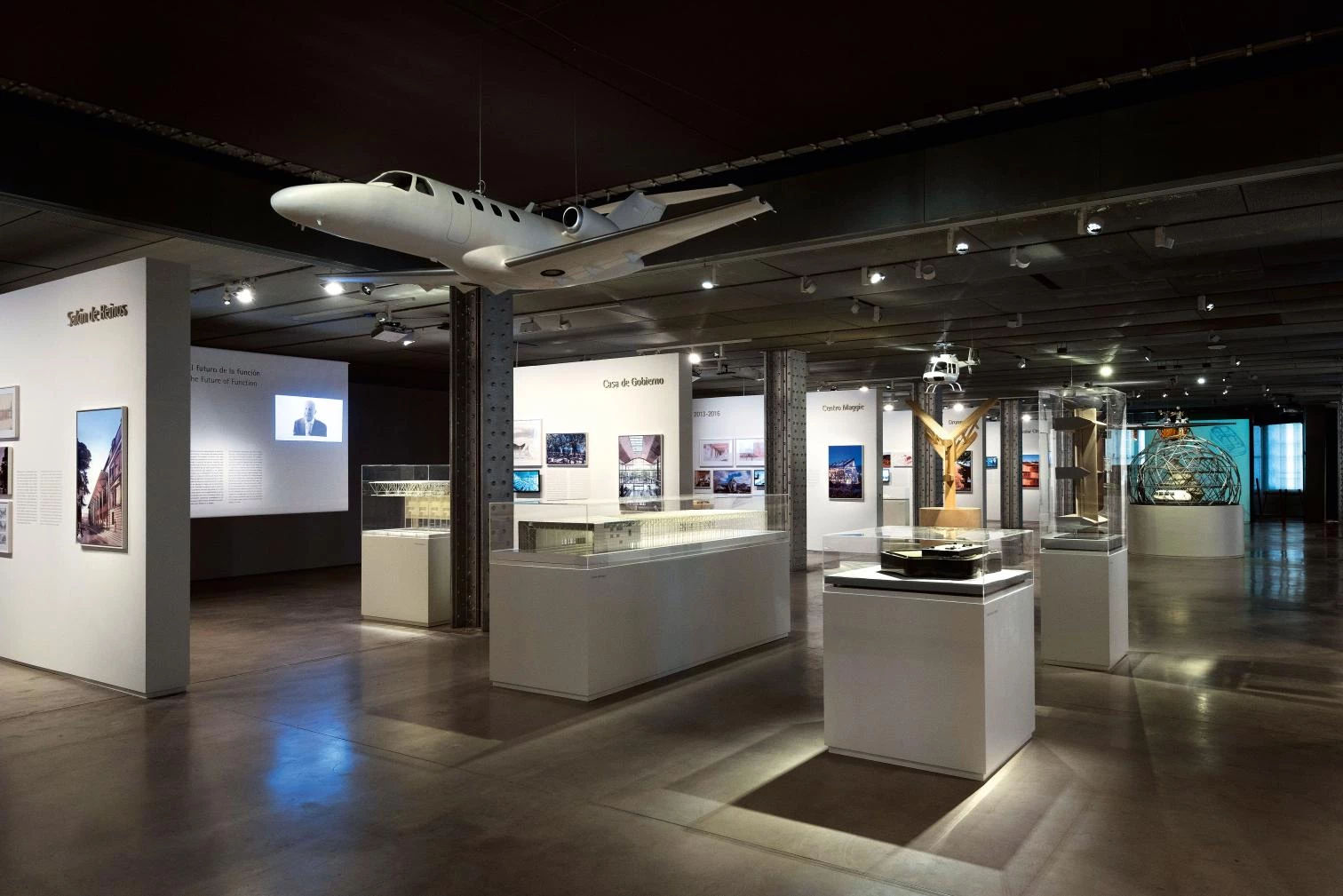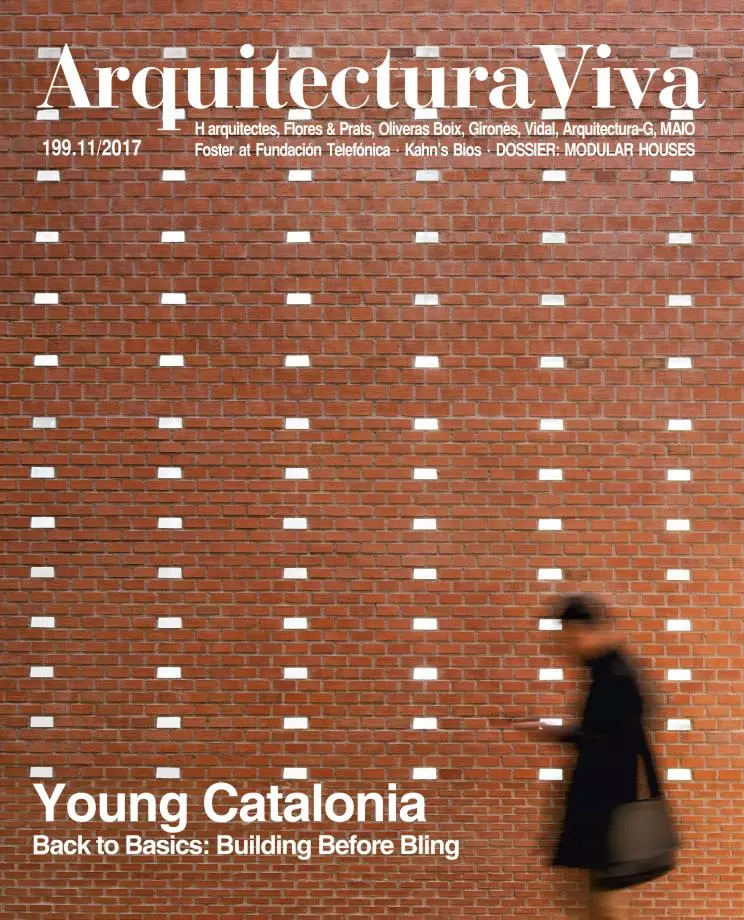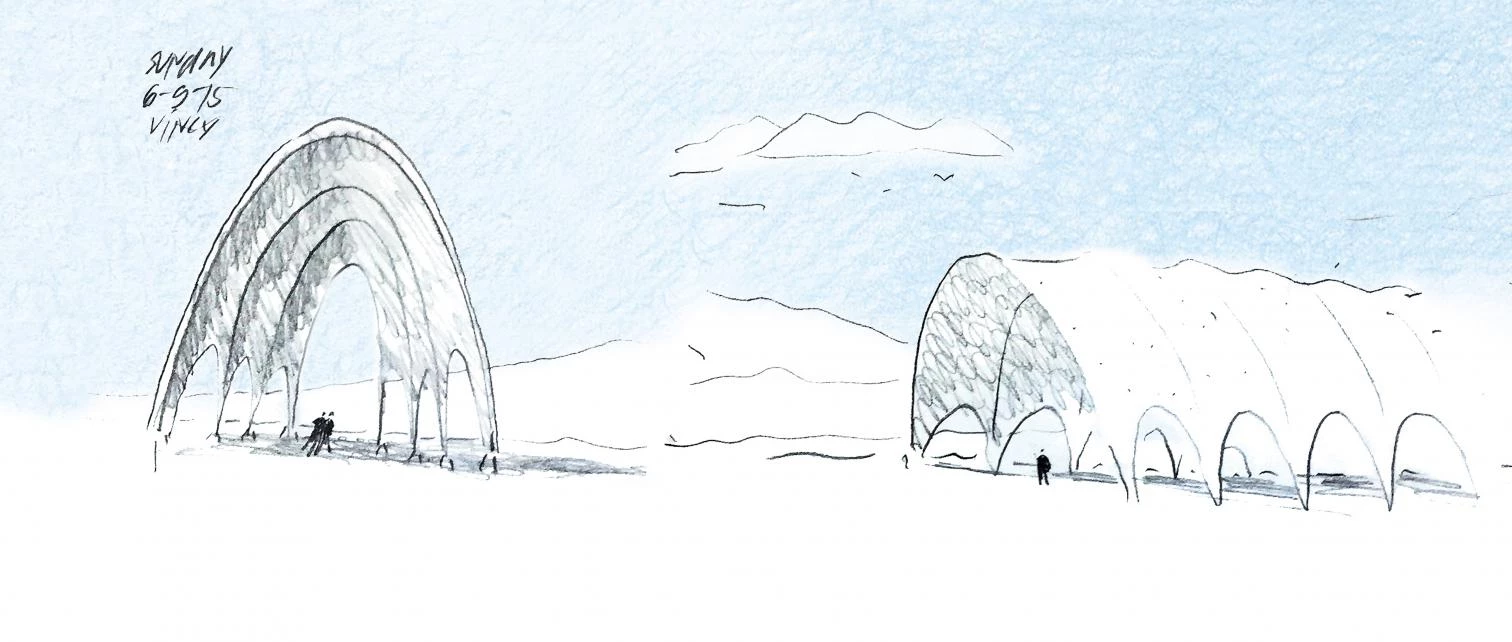
From his first works over half a century ago, the architecture of Norman Foster has striven to use technical knowledge to prefigure the future and overcome physical and social barriers. Inspired as much in historical buildings as in scientific developments, his projects blend urban intelligence and transformative capacity, aesthetic excellence and technological innovation. Coinciding with the recent public launch of the Norman Foster Foundation in Madrid, this exhibition presents twelve recent projects that are placed in dialogue with twelve proposals from several decades before, to underscore the continuity of his concerns and highlight the variety of his interests.
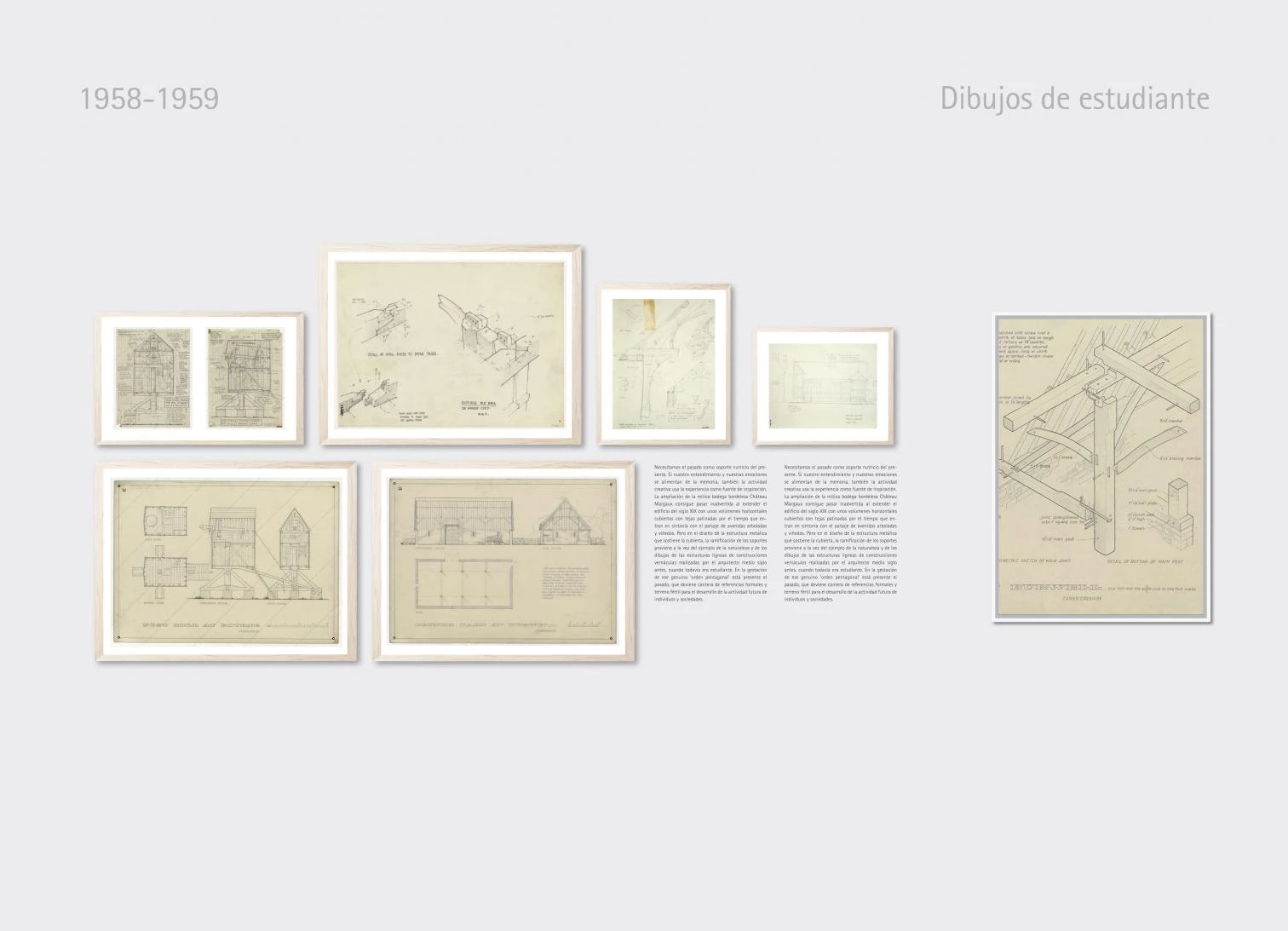
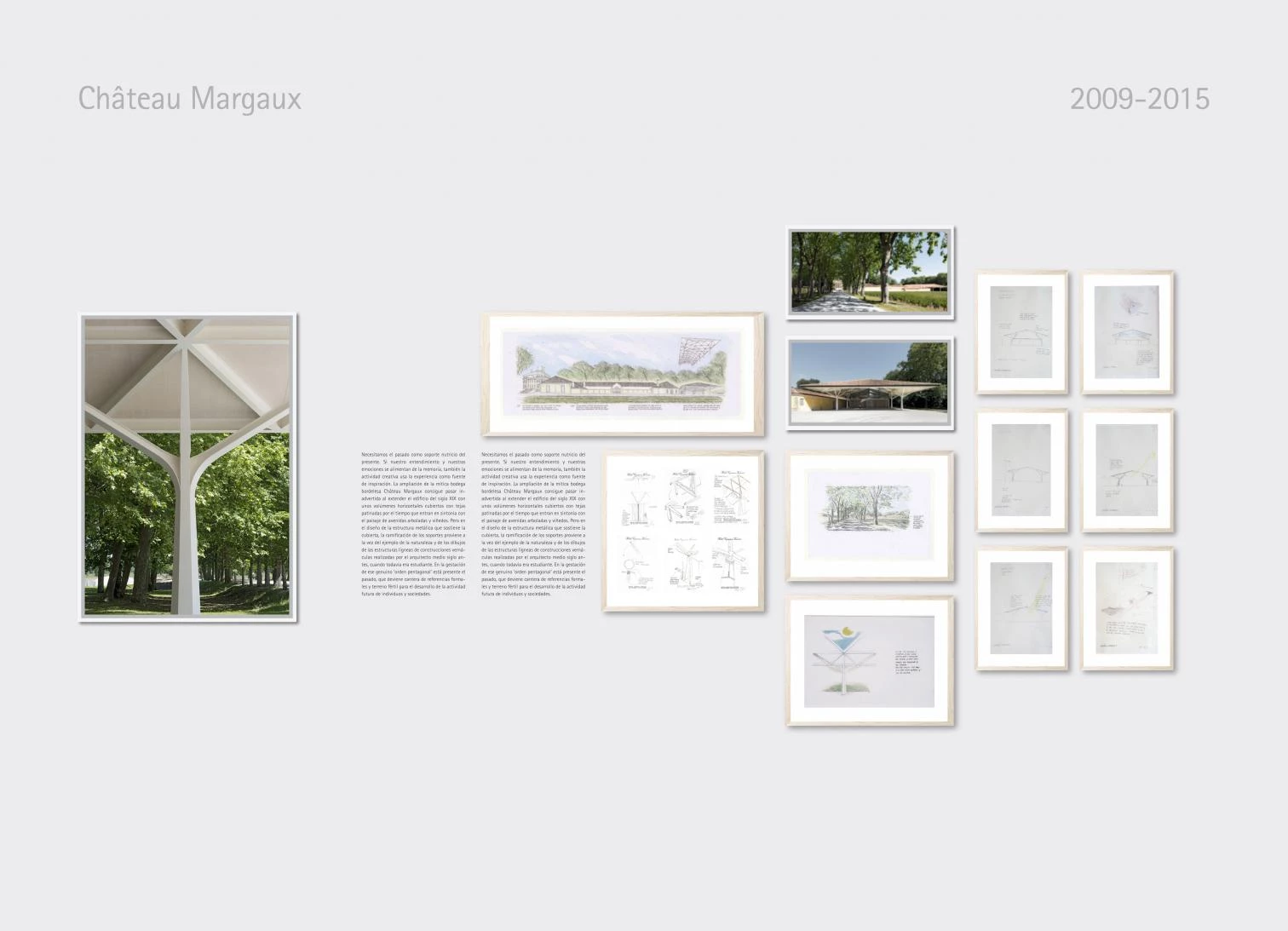
Consisting of drawings, photographs, models, and videos, the exhibition places along the central nave twelve chapels that place very recent projects in dialogue with works developed several decades before.
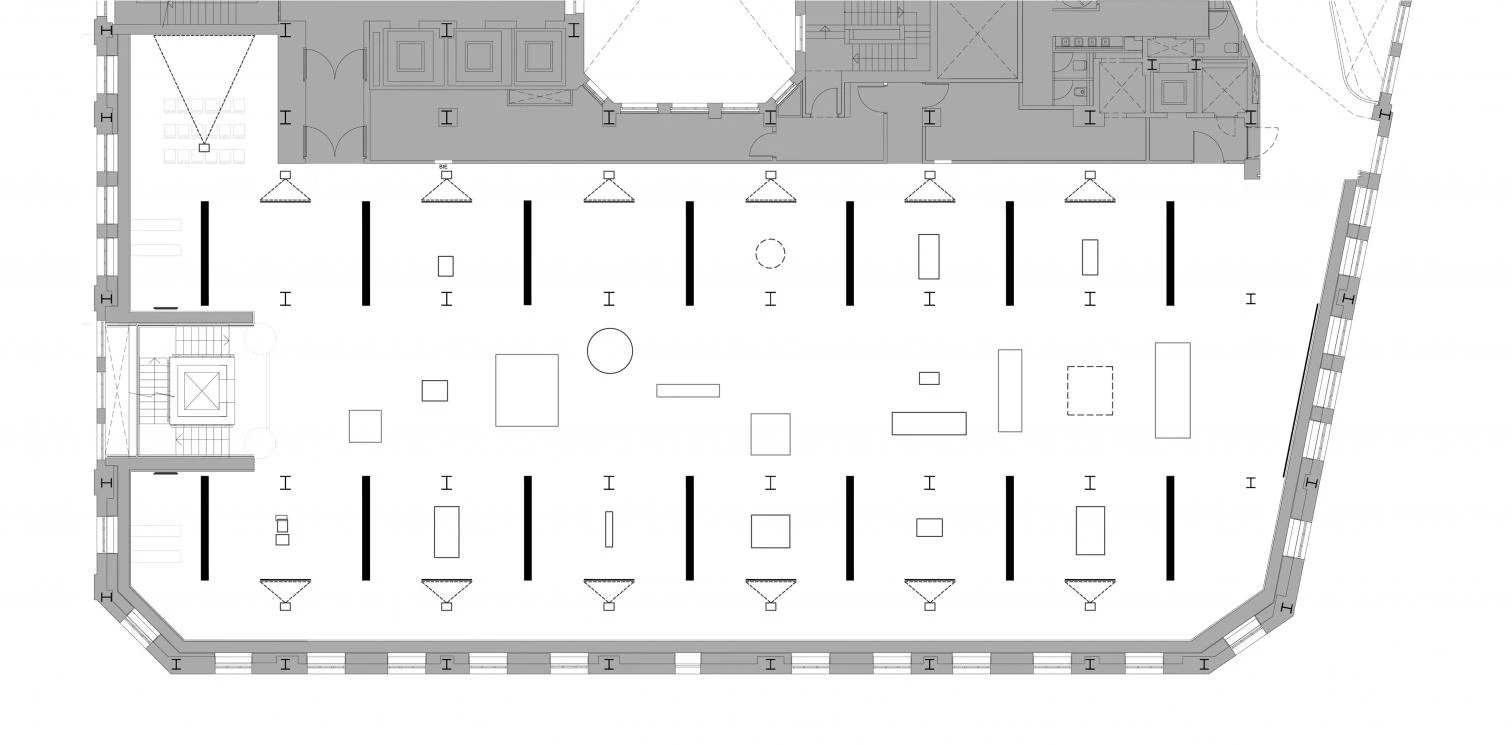
From the interventions in heritage structures to the habitation projects on the Moon, the work of Foster recovers the memory of the past and anticipates the needs of the future, while remaining firmly grounded in the demands and urgencies of the present. Whether new spaces for work or for culture, attention to people affected by cancer or to populations with poor infrastructures, sustainable urban developments or elevated bicycle and pedestrian routes, Foster’s different proposals reflect a persistent effort to make our cities more liveable, and all of this placed under the sign of social sensibility, of openness to change and of innovation.
If the first project of the Norman Foster Foundation was the Droneport presented at the Venice Architecture Biennale – a small airport for drones that hopes to contribute to Africa’s development –, it is only appropriate that its first exhibition should take place at the Espacio Fundación Telefónica, in a building that was a model for innovation in its day, and whose formidable structure is highlighted by the exhibition design. And it is also fitting that the central space of the same should be occupied by a series of flying artefacts, from the glider to the space capsule, which are at once inspiration for these light architectures and symbols of an accelerated world in constant flux.
